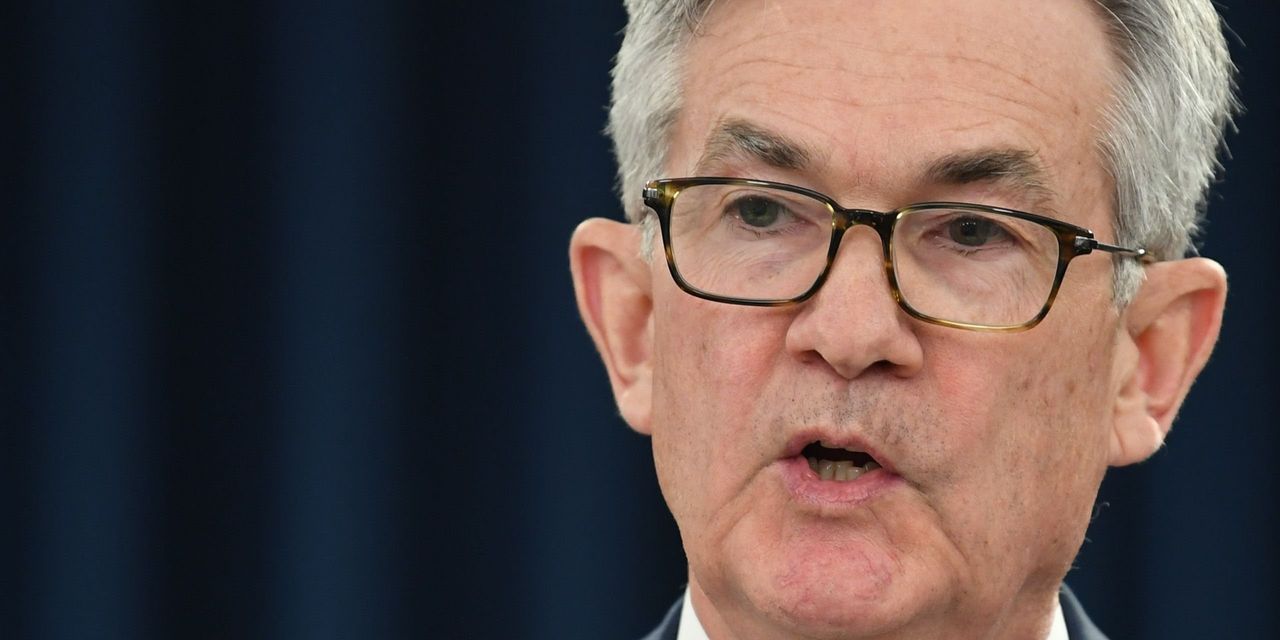Federal Reserve officials seemed eager at their meeting in December to lay plans for moving away from their current easy policy stance given that inflation was likely to be higher than they expected over the next two years, according to minutes of their December meeting released Wednesday.
“Participants generally noted that, given their individual outlooks for the economy, the labor market, and inflation, it may become warranted to increase the federal funds rate sooner or at a faster pace than participants had earlier anticipated,” according to the summary.
At the meeting, Fed officials had a wide-ranging discussion of how to move policy away from its current easy stance by hiking rates and also shrinking its $8.67 trillion balance sheet.
A minority of officials were eager to start to reduce the balance sheet, which is another form of tightening monetary policy.
“Some participants…noted that it could be appropriate to begin to reduce the size of the Federal Reserve’s balance sheet relatively soon after beginning to raise the federal funds rate,” the minutes said.
After reading the minutes, Katherine Judge, economist at CIBC Securities, said she thinks the Fed will begin to shrink the balance sheet in the April-June quarter.
That’s much faster than the last cycle. In 2015, the Fed waited two years after the first rate hike to reduce the balance sheet.
Officials said that the cautious approach in 2015 wasn’t appropriate this year.
“Participants remarked that the current economic outlook was much stronger, with higher inflation and a tighter labor market than at the beginning of the previous normalization episode,” the minutes said.
Several officials raised concern about the vulnerabilities of the Treasury market and how that could affect the shrinking of the balance sheet. But other officials noted the Fed has a new standing repo facility to backstop money markets.
The minutes show that “almost all” Fed officials revised up their forecast for inflation this year and “many” raised their forecast for 2023. Officials and Fed staff forecast that inflation would fall significantly this year. But they stressed the risks were tilted to the upside.
“Inflation fears dominated the discussion,” said Ian Shepherdson, chief economist at Pantheon.
Officials were also upbeat about the labor market. Several officials said they view that the job market had already reached the central bank’s goal of “maximum employment,” opening the door for rate hikes.
Fed policy has been remarkably easy since the coronavirus pandemic started in early 2020. Many economists had urged the central bank to begin to move to a more neutral stance last year, but the central bank kept their foot on the gas — holding rates close to zero and buying Treasurys and mortgage backed securities.
Several officials did not see the omicron variant as fundamentally altering the path of economic recovery.
The central bank has now pivoted sharply, and at its December meeting, agreed to end its asset purchases in mid-March. The central bank has penciled in three rate hikes this year. The market sees a strong possibility that the first hike could come at the Fed’s March meeting.
Economists note that a federal funds rate of 2.5% is generally viewed as the “neutral” Fed funds rate that neither stimulates or slows down the economy.
Stocks
DJIA,
-1.07%
SPX,
-1.94%
moved sharply lower after the Fed minutes were released. The yield on the 10-year Treasury note
TMUBMUSD10Y,
1.706%
moved above 1.7%.
